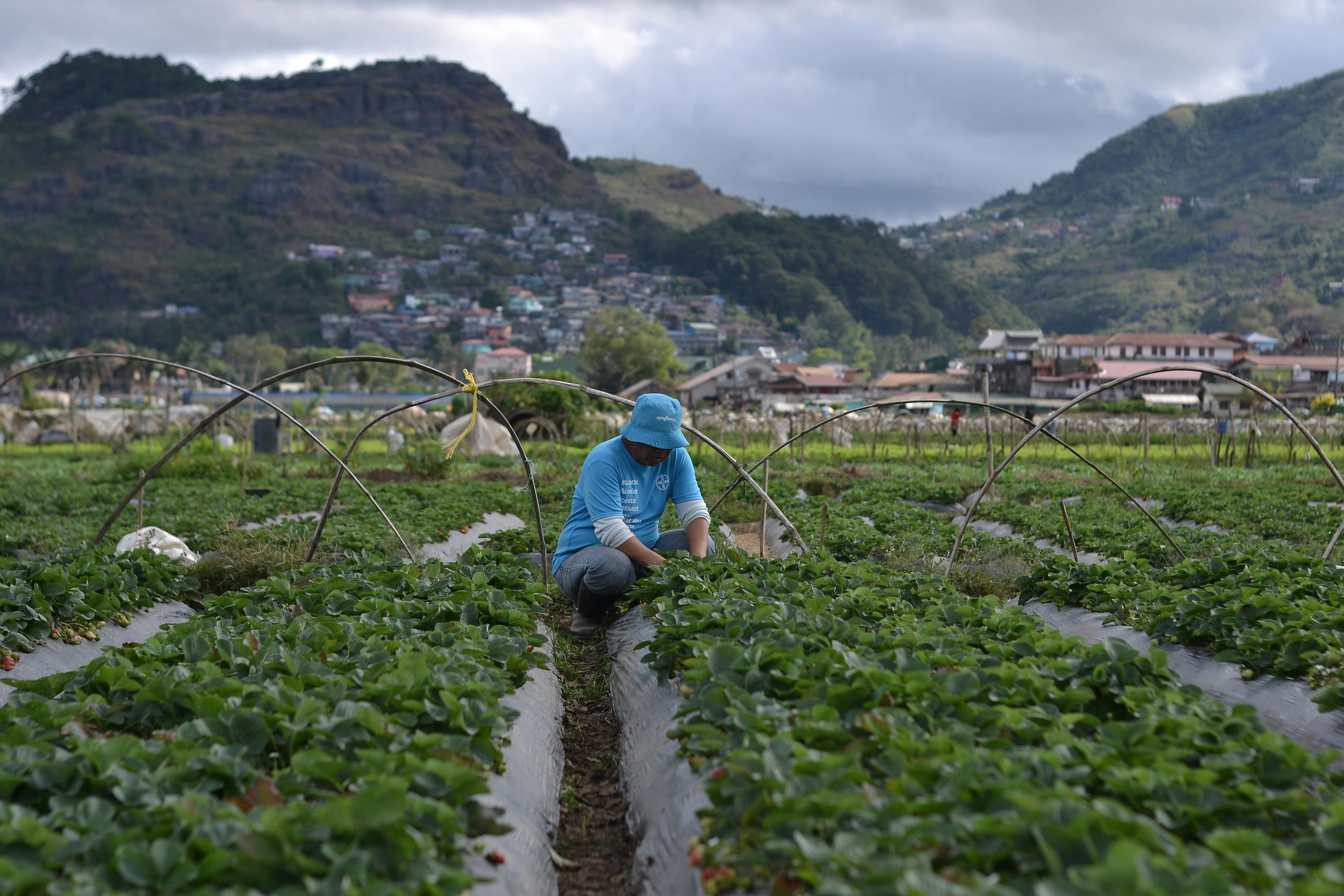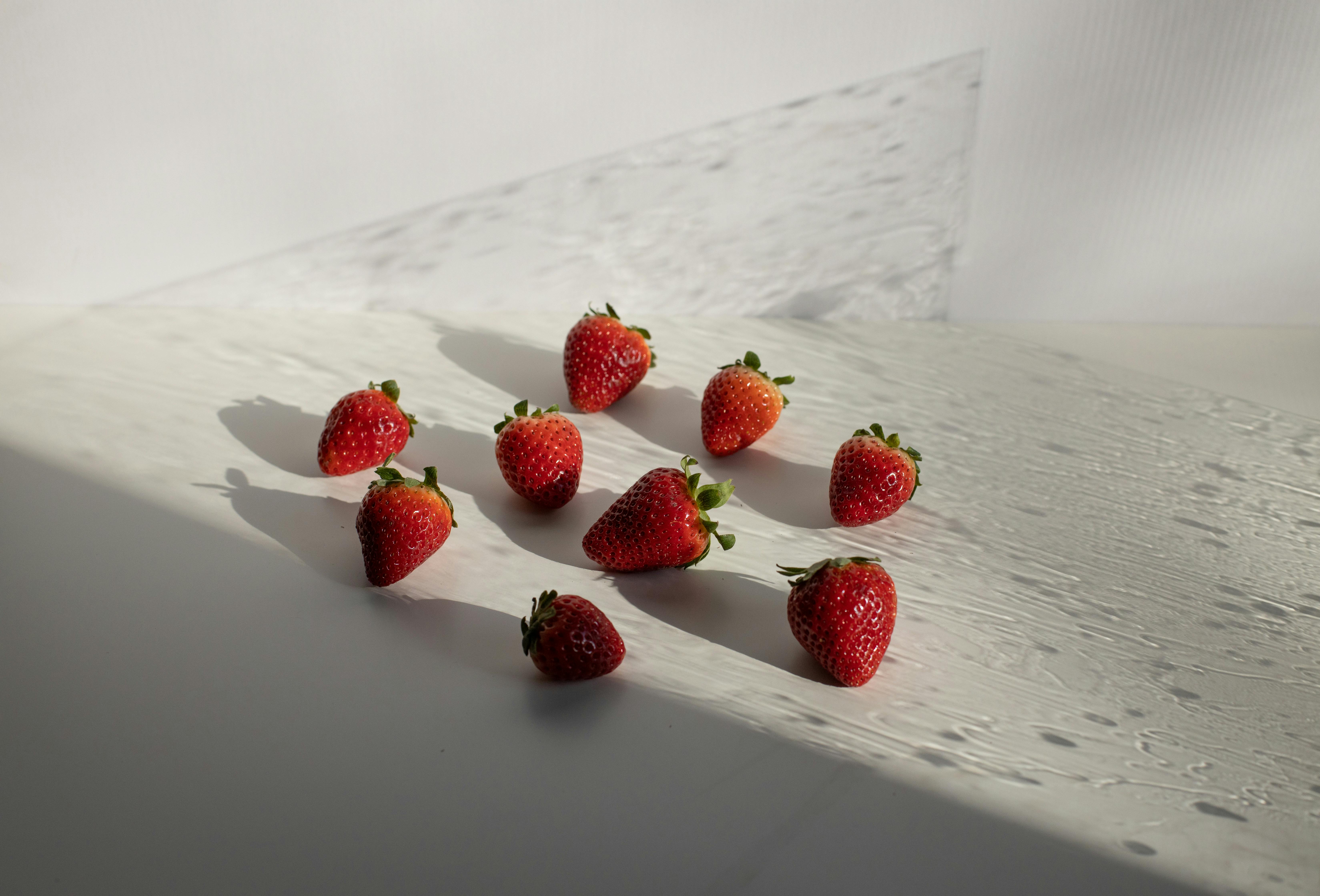Strawberries are a popular fruit that can be grown in many climates. However, if you’ve noticed that your strawberry plants are dying, it can be frustrating. Unfortunately, there are many potential causes of death for strawberry plants and understanding what is causing the problem is essential for taking the right steps to fix it. In this article, we will go over some of the most common causes of death for strawberry plants and provide guidance on how you can prevent it from happening in the future.Strawberry plants can die from a variety of causes, including disease, pests, environmental stressors and inadequate care. Common diseases that can cause strawberry plants to die include gray mold, crown rot and leaf spot. Pests such as aphids, mites and slugs can feed on the plant’s leaves and fruit, causing the plant to weaken or die. Environmental stressors such as drought, flooding or extreme temperatures can also affect the health of a strawberry plant. Inadequate care such as insufficient fertilizer, improper watering or poor drainage can also lead to a weakened plant that eventually dies.
Provide Adequate Water
Strawberry plants need plenty of water to stay healthy and produce abundant fruit. Make sure to water them regularly and deeply in order to keep the soil moist. During times of drought, it may be necessary to supplement natural rainfall with additional watering. It is important to ensure that the plants have enough water, but also not too much, as excessive water can cause root rot. Use a soil moisture meter or your finger to gauge when the plant needs more water.
Ensure Good Drainage
Good drainage is essential for strawberry plants, as standing water can cause root rot or attract unwanted pests. If your soil tends to become soggy after rainfall, consider making raised beds or planting in containers with proper drainage holes. Adding organic matter such as compost or peat moss can also help improve drainage.
Choose an Appropriate Location
Strawberry plants prefer sunny locations with well-draining soil. Avoid shady spots as they may not get enough sun and could eventually die from lack of light. If you live in a hot climate, select a spot that receives morning sun and afternoon shade for best results.
Monitor for Pests and Diseases
Check your strawberry plants regularly for signs of pests or disease. Common issues include aphids, slugs, mildew, and fungus gnats. If you notice any signs of damage or disease on your plants, take steps right away to treat the problem before it spreads further.
Fertilize Regularly
Most soil types need additional fertilizer in order to produce abundant fruit. Fertilize your strawberry plants at least twice a year with a balanced fertilizer such as 10-10-10 or 15-15-15. Follow the instructions on the package for best results.
Prune Plants Regularly
Regular pruning helps keep strawberry plants healthy and productive by removing old foliage and encouraging new growth. Prune off any dead leaves or stems regularly throughout the growing season in order to promote vigorous growth and prevent diseases from taking hold.
Common Diseases That Affect Strawberry Plants
Strawberry plants are prone to several fungal and viral diseases which can cause severe damage to the plants. Some of the most common diseases that affect strawberry plants include anthracnose, leaf spot, powdery mildew, verticillium wilt, and crown rot. Each of these diseases is caused by different types of pathogens and can have a significant impact on yield and quality of the fruit.
Anthracnose is a fungal disease that affects the entire plant. It is caused by the fungus Colletotrichum acutatum and manifests as lesions on leaves, petioles, flowers, and fruit that turn black or brown in color. This disease may also lead to dieback of shoots and cankers on runners. In order to control this disease, it is important to practice good sanitation measures such as removing infected debris from the field and avoiding overhead irrigation.
Leaf spot is another common fungal disease that affects strawberry plants. It is caused by several species of fungi including Mycosphaerella fragariae and Phyllosticta maculicola. This disease manifests as dark spots on leaves that may coalesce into larger lesions which eventually lead to leaf death and defoliation of affected plants. To control this disease it is important to remove infected debris from fields after harvest as well as avoid irrigating with overhead sprinklers during wet conditions.
Powdery mildew is a fungal disease that affects foliage, flowers, and fruit of strawberry plants. It typically appears as white or grayish patches on affected plant tissue which can eventually lead to stunting of new growth or death of affected leaves or flowers. Control measures for this disease include avoiding overhead irrigation during wet conditions as well as using fungicides if needed.
Verticillium wilt is a soil-borne fungal disease caused by Verticillium dahliae which infects the vascular system of strawberries leading to wilting and death of affected plants. This disease often spreads rapidly throughout a field so it is important to practice good crop rotation in order to reduce its occurrence. Additionally, fungicides may be used if necessary in order to control its spread in an affected area.
Crown rot is another common fungal disease caused by Phytophthora cactorum which causes root rot in strawberry plants leading to wilting and death of affected plants due to lack of water absorption through their roots. Control measures for this disease include maintaining proper soil drainage as well as avoiding overhead irrigation during wet conditions if possible.
In summary, there are several common diseases that affect strawberry plants including anthracnose, leaf spot powdery mildew, verticillium wilt, and crown rot each of which requires different control measures depending on the severity of infection. Therefore it is important for growers to be familiar with these diseases in order to take timely action if needed in order ensure healthy crop yields for their farms
Improving Soil Conditions for Strawberries
Growing strawberries in your garden is a great way to have a delicious and healthy snack. However, in order to get the most out of your strawberry plants, it is important to ensure that the soil conditions are right. Improving the soil conditions for strawberries can help them to grow larger and more flavorful fruit.
The first step in improving soil conditions for strawberries is to choose the right type of soil. Strawberries prefer a well-draining, loamy soil with plenty of organic matter. If you don’t have access to this type of soil, you can add compost or other organic matter to improve the drainage and nutrient content. It is also important to make sure that the pH level of the soil is between 6 and 7, as this will help ensure that nutrients are available for the plants.
Once you have ensured that the soil is suitable for growing strawberries, it is important to fertilize regularly. A balanced fertilizer with a ratio of 10-10-10 (nitrogen-phosphorus-potassium) should be used every two weeks during the growing season. This will provide essential nutrients such as nitrogen and potassium which are necessary for optimal growth and fruiting. Additionally, it can be helpful to add some Epsom salts or manure tea which will provide extra magnesium and other micronutrients necessary for healthy growth.
Finally, it is important to water your strawberry plants regularly in order to keep them healthy and productive. Watering should be done early in the morning so that any excess moisture can evaporate during the day. In addition, mulching around your strawberry plants can help retain moisture and reduce weeds which can compete with your plants for nutrients and water.
By following these steps you can ensure that your strawberry plants will receive all of the necessary nutrients they need in order stay healthy and produce delicious fruit!
Checking for Nutrient Deficiencies in Strawberry Plants
Strawberry plants need essential nutrients to grow and thrive. When these nutrients are deficient, the plant can suffer from a variety of issues, including stunted growth, poor fruit production and reduced yields. To ensure your strawberry plants are getting the nutrients they need, it is important to regularly check for any nutrient deficiencies. Here are some tips on how to do this:
The first step in checking for nutrient deficiencies is to observe your strawberry plants carefully. Look for signs such as yellowing or discoloration of the leaves, wilting or stunted growth, as well as any other abnormal signs. If you notice any of these symptoms, this could be an indication that your plant is deficient in a certain nutrient.
It is also important to test the soil of your strawberry plants regularly. You can use a soil testing kit or send a sample of the soil to a lab for testing. This will help you determine which nutrients are lacking and how much should be added to your soil in order to restore balance and promote healthy growth. It is also important to note that different types of soils may require different levels of nutrients.
Finally, it is important to provide your strawberry plants with adequate amounts of water and sunlight. Without enough water and light, the plant will not be able to access all the necessary nutrients from the soil and will become prone to nutrient deficiencies. Ensure that your strawberry plants receive at least six hours of direct sunlight each day and water them regularly according to their needs.
By following these steps, you can ensure that your strawberry plants get all the essential nutrients they need for optimal growth and production. Regularly checking for nutrient deficiencies will help you identify any issues early on so that you can take action quickly and prevent any further damage or loss of yields.

Monitoring and Controlling Pests and Insects
Pests and insects can cause a great deal of damage to crops, livestock, and even our homes. It is important to monitor and control their population in order to prevent costly damage. There are several methods for monitoring and controlling pests and insects that can be used in combination or individually.
The first method is monitoring. This involves keeping an eye out for the presence of pests and insects in the area. This could be done through visual inspection or by setting up traps or cameras to track their movements. Once identified, it is important to take steps to reduce their numbers.
The second method is chemical control. This involves using insecticides, herbicides, or other chemicals to kill the pests or reduce their numbers. It should be noted that these chemicals may have adverse effects on humans, animals, or the environment, so they should only be used when absolutely necessary.
The third method is biological control. This involves introducing beneficial organisms into the environment that will feed on the pests or compete with them for resources. For example, ladybugs eat aphids that would otherwise damage crops while certain wasps prey on caterpillars that would otherwise destroy trees and plants.
Finally, physical control involves mechanical methods of controlling pests such as trapping them in cages or using barriers such as screens or netting around susceptible plants or animals. This can help keep out larger animals like rodents while also blocking smaller pests such as flying insects from entering an area.
Using a combination of these methods can help keep pest populations under control without causing undue harm to humans, animals, or the environment. By properly monitoring and controlling pests we can avoid costly damages resulting from unchecked pest populations in our homes and gardens.
Proper Watering Practices for Growing Strawberries
Strawberries are a popular fruit among gardeners, so it is important to understand the proper watering practices for growing them. Proper watering of strawberries will help to ensure a healthy crop and maximize yield. The key to successful strawberry watering is to provide the plants with the right amount of water at the right time. Watering too often or too little can lead to poor growth or even death of the plant.
When first planting strawberries, it is important to water them deeply and thoroughly. This will help to establish a strong root system and ensure that the plants are well hydrated. After this initial deep watering, it is important to maintain a consistent level of soil moisture by watering regularly. The best way to do this is by using drip irrigation or soaker hoses which provide more even coverage than sprinklers.
It is also important to avoid over-watering strawberries as this can cause disease issues such as root rot or fungal infection. Over-watering can also lead to nutrient deficiencies and reduce yields.In general, strawberries should be watered deeply but infrequently (once every week or two depending on weather conditions). When soil feels dry an inch below the surface, it’s time to irrigate again.
Finally, it is important to adjust your watering practices according to weather conditions in order to ensure optimal growth and yields from your strawberry plants. If there has been recent heavy rainfall then you may need to reduce your regular irrigation schedule in order for the soil not become saturated with water. Conversely, if there has been a prolonged period of dry weather then you may need increase your regular irrigation schedule in order for the soil not become dry and brittle which can lead reduced yields from your strawberry plants.
In conclusion, proper watering practices are essential in order for strawberry plants grow successfully and produce high quality fruit yields. It is important that you establish good habits early on when planting new strawberry plants and adjust those habits accordingly throughout their lifespan depending on changes in weather conditions.
Straw Mulching to Help Keep Soil Moisture
Straw mulching is a great way to help keep soil moisture. By adding a layer of straw over the surface of the soil, water is able to penetrate and stay in the soil instead of evaporating quickly. This helps reduce water loss from the soil and helps keep it moist for longer periods of time. It also helps protect the plants from the extreme heat of summer days and can even improve the soil structure and fertility.
The best time to apply straw mulch is in early spring when temperatures are still cool. This allows for maximum water retention in the soil before summer arrives. To apply it, simply spread a layer of straw over the surface of the soil ensuring that all areas are evenly covered. The straw should be thick enough to block out sunlight and keep moisture in but not too thick that it prevents air and water from reaching the roots of your plants.
Once you have applied your straw mulch, you should make sure to monitor it regularly throughout the season to ensure that it is still providing adequate protection from heat and evaporation. If necessary, reapply more mulch or add additional layers if needed. Additionally, you may need to water your plants more frequently if they are exposed to high temperatures or windy conditions since straw mulch does not retain as much moisture as other types of mulches like compost or wood chips.
Straw mulching is a great way to help maintain moisture levels in your garden while also protecting your plants from extreme temperatures and windy conditions. It is important to remember that any type of mulch will eventually break down over time so regular maintenance is important in order for it to be most effective. With proper care, you can ensure that your garden stays healthy and well-hydrated throughout the growing season!

Conclusion
It is important to remember that there are many possible causes for why your strawberry plants may be dying. It could be caused by environmental factors such as over or under watering, or pest infestations like caterpillars or aphids. It could also be caused by nutrient deficiencies in the soil, or disease. In order to properly diagnose and treat the problem, it is important to first understand what is causing the issue. Once you have determined the cause, you can take action to try and save your strawberry plants.
Ultimately, it is important to remember that prevention is always better than cure. Taking care of your strawberry plants before they become sick will not only help them thrive but will also save you time and money in the long run. Paying attention to your soil’s health and nutrition, as well as keeping pests away from your garden, will go a long way in keeping your strawberry plants healthy and thriving.



